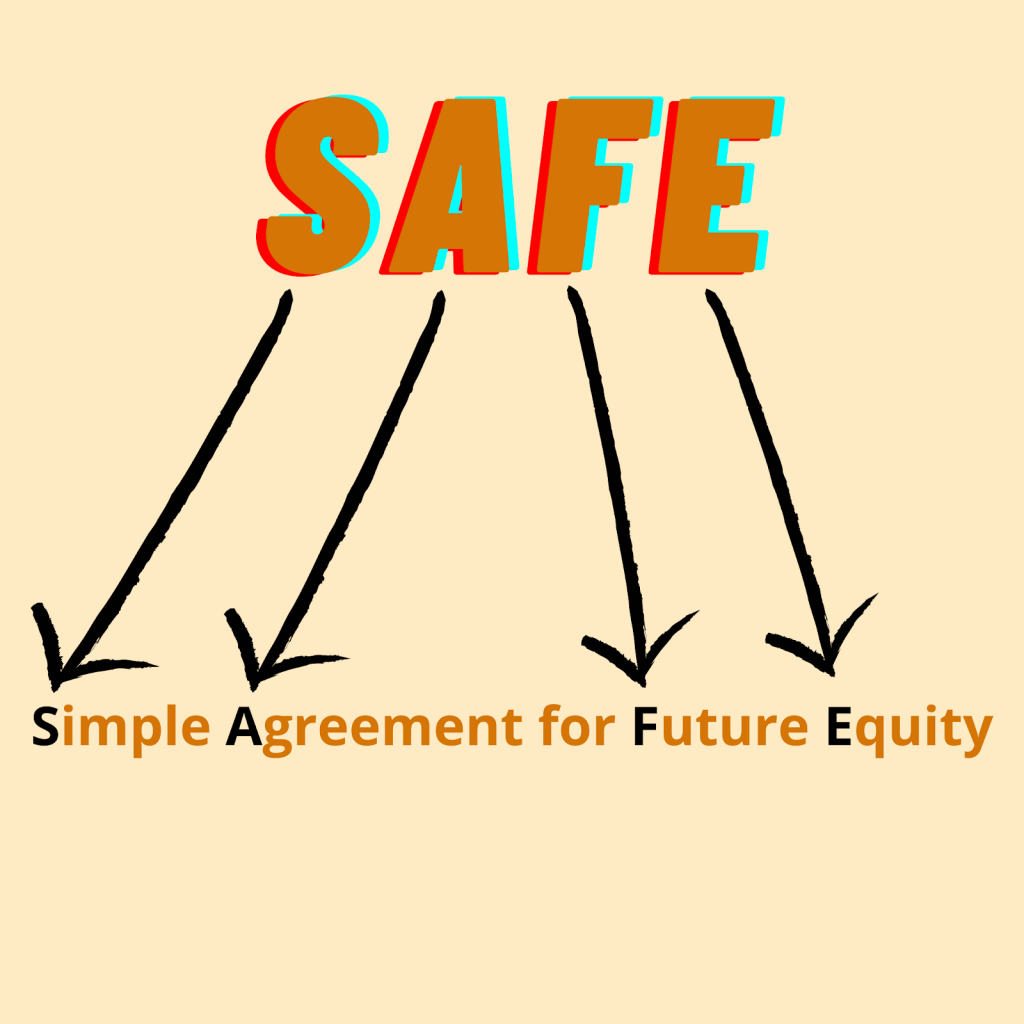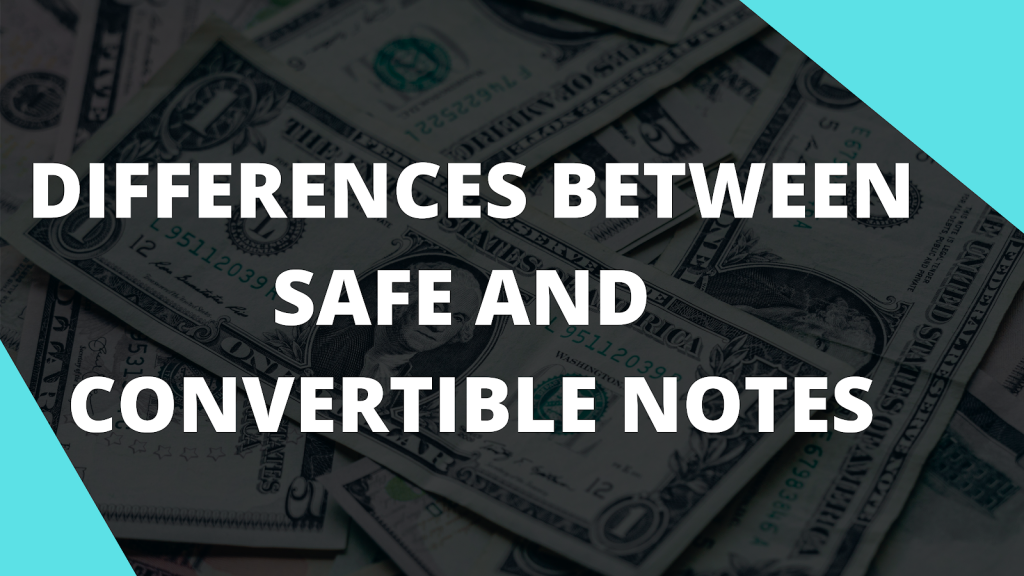To understand Safe vs convertible note let’s discuss the basic concept. Convertible notes and SAFE notes are used as funding instruments in the initial stages of the business.
SAFE is considered to be the simpler version of the convertible note. However, this statement is just the tip of the iceberg.
A thorough understanding is required to decide which option (Safe vs convertible note) would be more suitable to the needs of the company.
What is SAFE?

Developed by Y Combinator in the year 2013, SAFEs work as convertible security. Its name is an abbreviation for, Simple Agreement for Future Equity. The name is quite self-explanatory for the function it performs.
It is considered to be the simpler version of Convertible notes. With the SAFE Note, investors can buy equity in the company at a later stage. This later stage is usually the next fundraising round.
What are Convertible Notes?

Convertible Note is a debt instrument that the investors can use later on to buy the equity of the company. These notes are issued in the initial stages of a company. It is a short-term debt financing instrument. It acts as an IOU.
Difference between SAFE and Convertible Notes

-
Simplicity –
Both SAFE and Convertible Notes aim to get the company investment in its initial stages. This investment is later turns into equity in the company.
However, among the two, Convertible Notes is the more complex one. This includes a lot of clauses included in a very detailed and lengthy document.
It includes a lot more terms and conditions like interest rate and maturity date. SAFE notes were introduced to simplify the working of Convertible notes.
-
Interest Rate –
In contrast to Safe vs convertible note, SAFE notes don’t require the company to pay interest whereas, Convertible notes do. The interest rate for convertible notes usually is in the range of 2% – 8%.
This might make the founders lean towards the SAFE notes since there is no additional liability of paying interest to the investors.
-
Maturity Date –
Convertible notes include a clause for maturity date, which is not present in the SAFE notes. Being a debt instrument a SAFE does not have the provision for the maturity date.
The maturity date puts the founders under a schedule. On the maturity date, the company must either return the principal amount along with interest or convert it into equity.
-
Control –
The detailed nature of Convertible notes works as a benefit point by providing the company with a larger degree of control.
For every procedure from conversion to the maturity date, you can have detailed terms and conditions. Hence, this will ensure you are in control of how things pan out in the future.
-
Conversion –
Both SAFE and Convertible notes provide the option of converting the investment into equity. However, SAFE is converted in the next round of financing.
For example, if during the seed round you chose SAFE, you would be able to convert into equity in the next financing round which is the series A.
But for Convertible notes along with conversion at maturity in the future round, it could also be done in the current round.
-
Administrative Fees and Services –
Usually neither Convertible notes nor SAFE require any kind of administrative fees and services. However, in the case of SAFE, the need for a 409A valuation may arise.
409A is a valuation of the common stocks of your company by a third party. So, it helps to determine the fair market value of common stocks.
Conclusion
Both SAFE and Convertible notes work on the same underlying principle of converting the investment (received in the initial stages) into equity at a future date.
However, considering elements like maturity date, interest rate, conversion terms will help you decide which of the two is more suitable for your specific needs.
You can also use our Venture Capital Pre Screening Assessments to evaluate your business and this will also help you in getting funding for your business in just 5 steps.
We are one of the largest capital venture firms, come grow with us!








